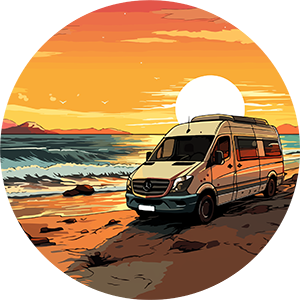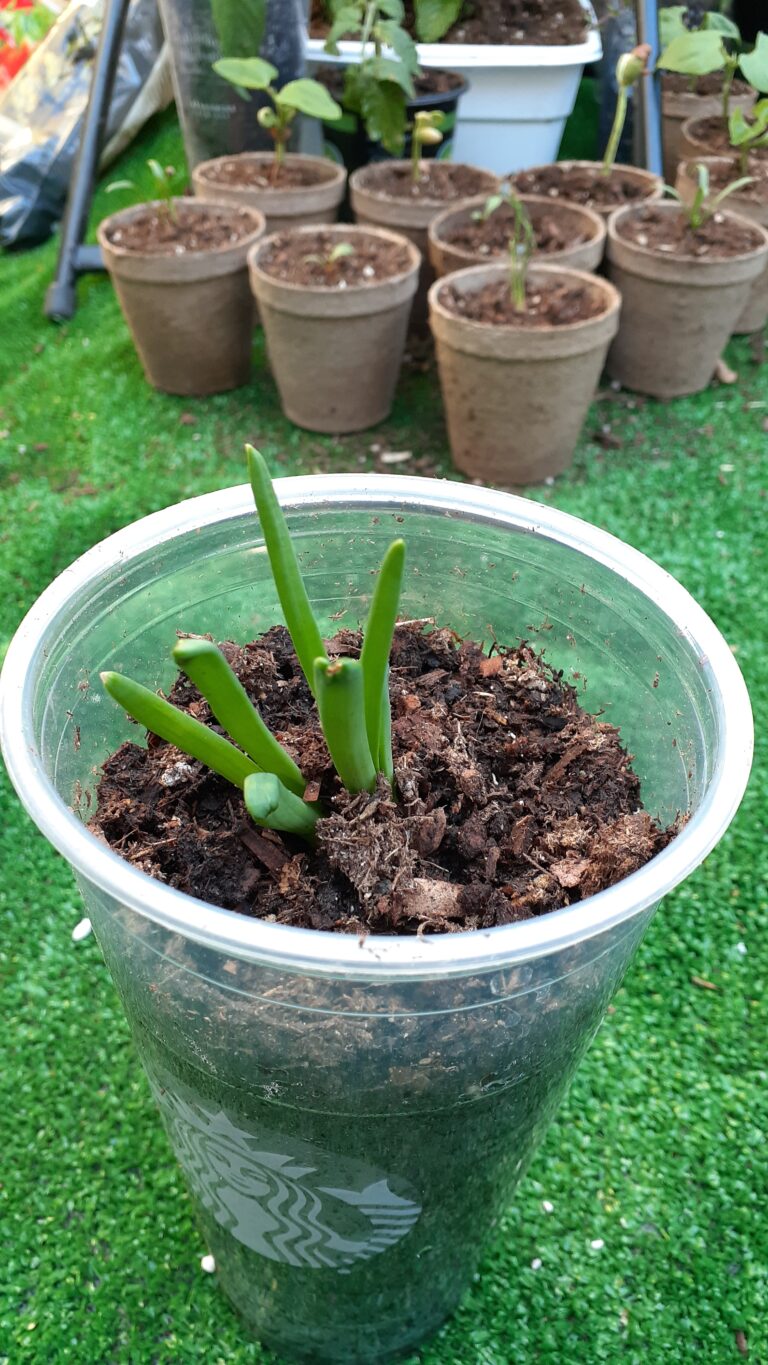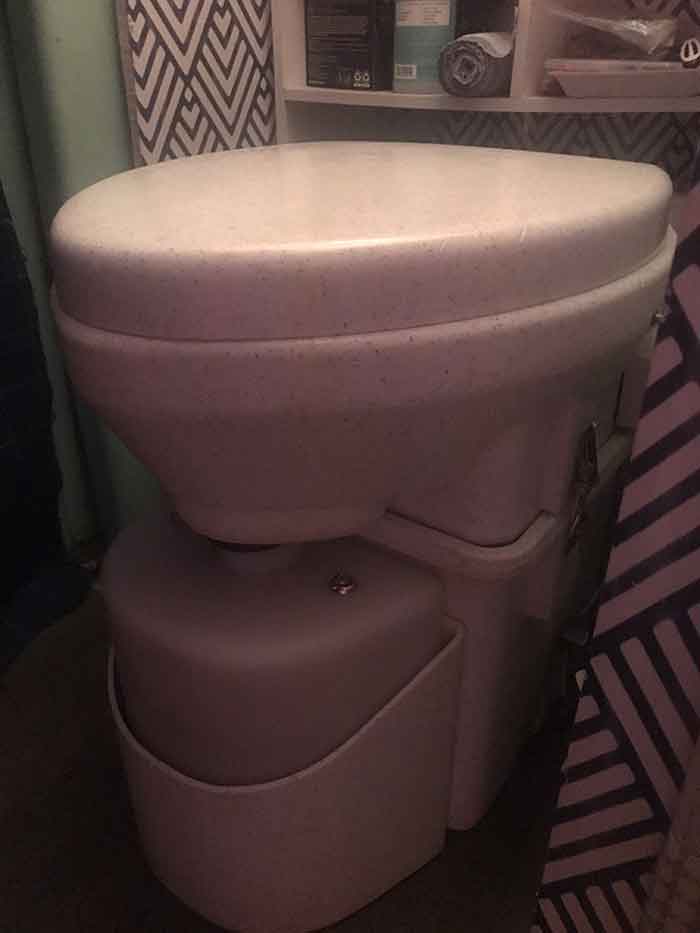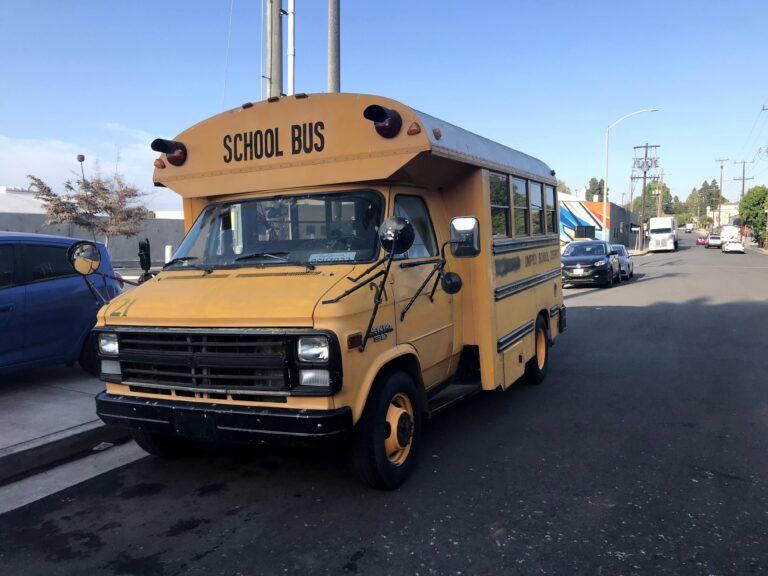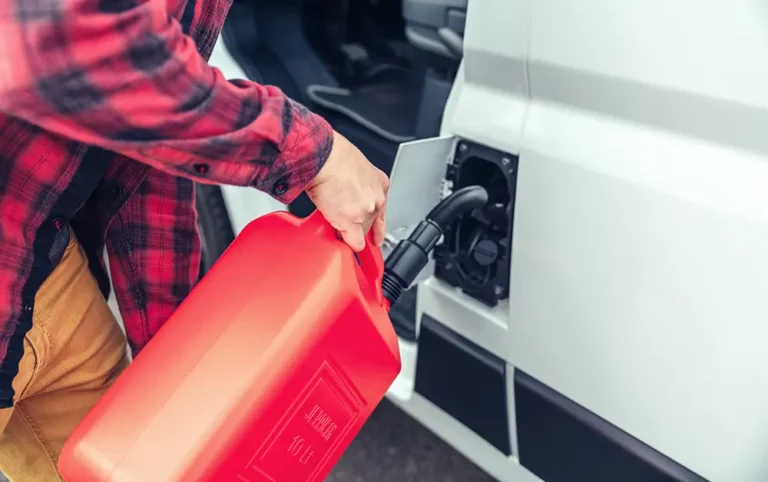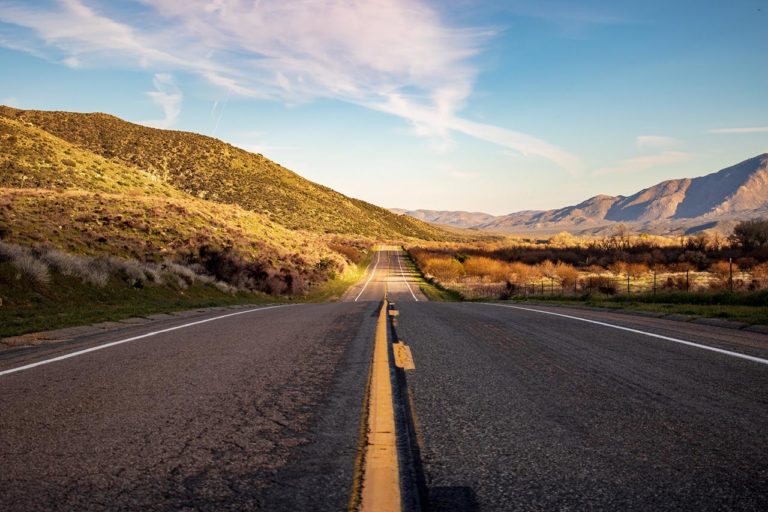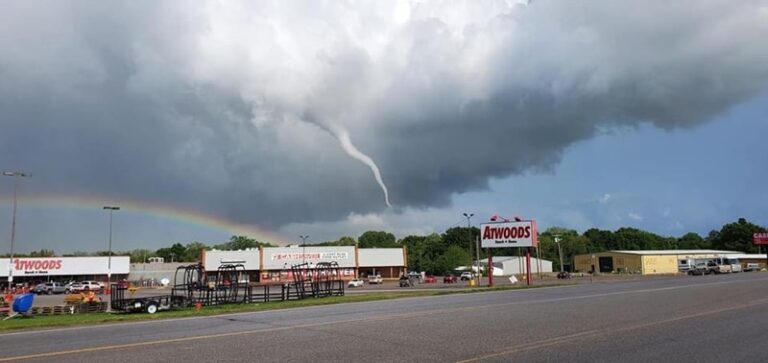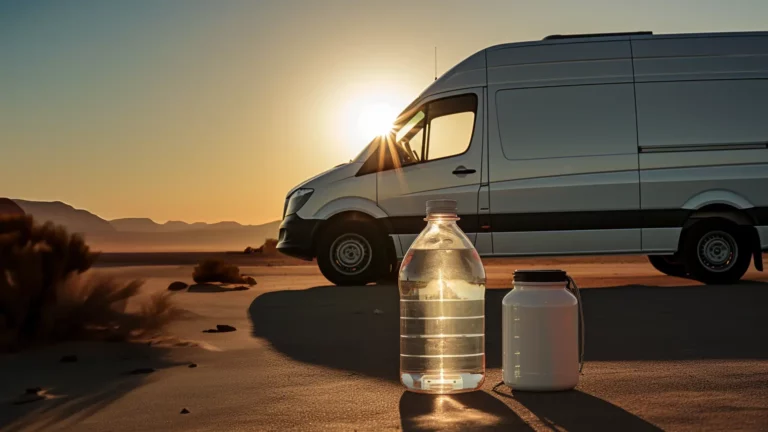A Dutch Oven is essentially a cooking pot, but it’s no ordinary pot. Dutch ovens are usually made out of cast iron and sometimes are enameled giving them quite a bit of heft. But the cast iron is great at conducting heat, which helps cook your food evenly and more efficiently. The iron radiates the heat within the pot acting a lot like a conventional oven does. This means that you don’t just have to keep cooking just chili on the fire. With a dutch oven you can enjoy meats, casseroles and even breads all on an open fire!
The Different Types
There are several different types of dutch ovens. Each has its own shortcomings and advantages depending on how you plan on using it. But there are two main categories for most dutch ovens; Kitchen and Camping. Let’s look at the differences between the two.
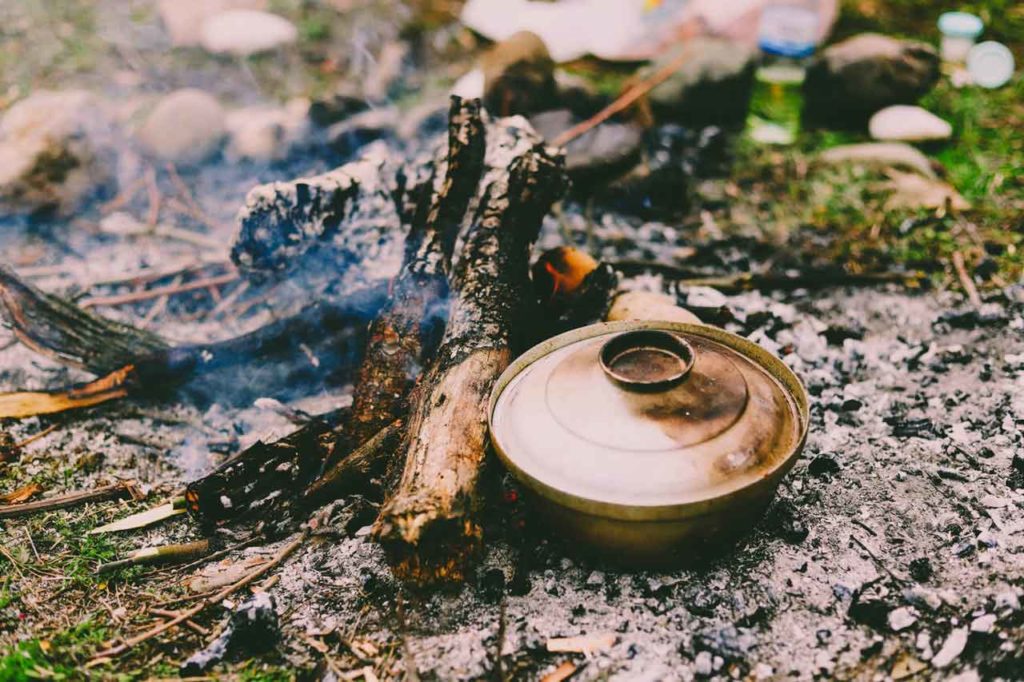
Camping Dutch Ovens
Camping dutch ovens, you guessed it, are made for camping! They are generally made of cast-iron with a flat lid, three small legs on the bottom, a metal handle and a small lip on the top of the lid. Each part of this design has a specific use to it. The legs allow the dutch oven to prop itself above the coals to allow airflow underneath. The lip on the lid acts as a bowl to help hold coals on top of the oven. This allows you to heat your food from the top and the bottom acting more like a traditional oven than just a cooking pot. And the metal handle is so you can hang the dutch oven above a fire.
Kitchen Dutch Oven
A kitchen dutch oven is a bit different from it’s camping counterpart. First, they are generally made of enameled cast iron giving them a nicer look and they are much less likely to rust. The enameled cast iron is also easier to clean and stands up better to acidic foods. However, this enameled coating can chip off from wear and tear. They also have a flat bottom for use on stove tops and on traditional kitchen oven’s wire racks. Their lids are slightly curved on top and the underside of the lids have small spikes evenly spread around. These spikes collect condensation as it forms and evenly distribute the liquid over the food. This is a great way to have your food basting without having to do it yourself. And lastly kitchen dutch ovens generally have two small handles on the sides instead of a metal hanging handle. You can still use these dutch ovens for camping but they’d do better and are easier to use on a grill or outdoor stove instead of a campfire.
How to Clean a Cast Iron Dutch Oven
It’s not difficult to clean a dutch oven but there are certain procedures you want to follow. Doing this ensures your oven has a long life and stays full of great flavor year after year. Cleaning a dutch oven is lot like cleaning any other cast-iron pot or pan but just be sure to follow these few rules:
1. NEVER use soap! – Dutch ovens develop a coat of flavor as you use it called the seasoning. Using soap removes this seasoning and can cause your dutch oven to rust!
2. Wash and Dry Immediately After Using – Washing right after use should be common practice with dishes. But drying your dutch oven immediately help prevent it from rusting.
3. Oil It Up! – After your dutch oven has completely been dried, you should rub oil into it. This helps season it and keep food from sticking to the bottom.
Dutch ovens are non-stick due to the seasoning with oil and heat. But if you’re having stubborn food bits sticking to your dutch oven still, don’t worry. All you have to do is heat it up, and scrub it with a non abrasive brush and about a 1/4 cup of coarse salt.
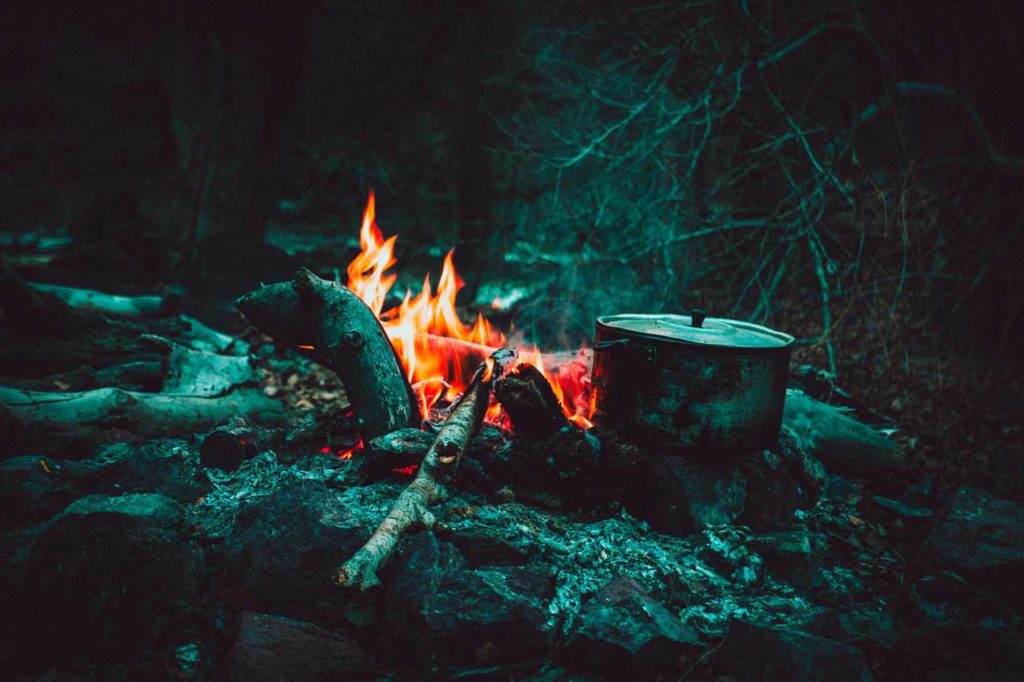
Cook Over a Campfire with a Dutch Over
When cooking with a dutch oven on a camping trip you need to make are you have a reliable heat source. You’ll want to use evenly sized charcoal briquettes on top and underneath the dutch oven. This helps cook your food evenly, especially when baking with it. Of course, you can use hot wood coals from a campfire if you don’t have any charcoal briquettes. Just make sure they are relatively they same size to evenly distribute the heat. You can use a tripod that suspends the dutch oven above the fire, but in my experience, those are more for aesthetics. They tend to not heat up enough to quickly cook a delicious meal. And they are an unneeded added expense and they take up space. And there’s always the chance that someone could clumsily dump over all of your dinner! However, if you prefer to use a tripod you can get more precise temperature control. You can adjust the height away from or towards the fire to fine tune the temperature.
